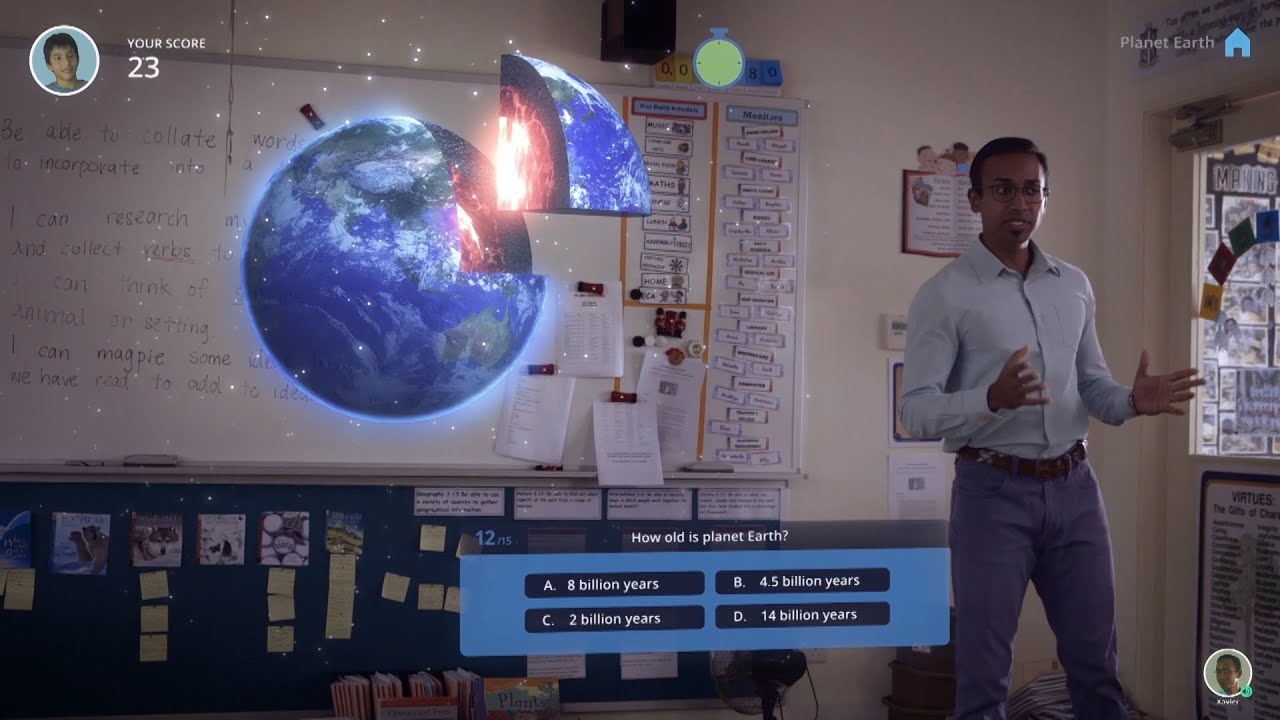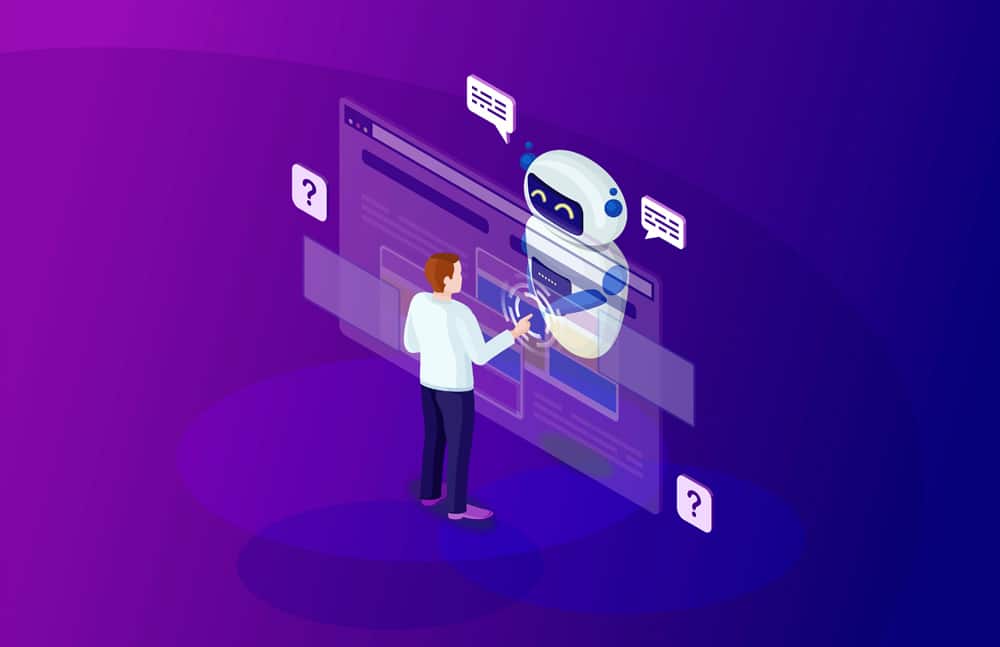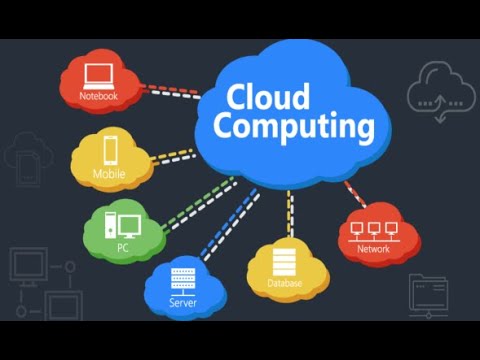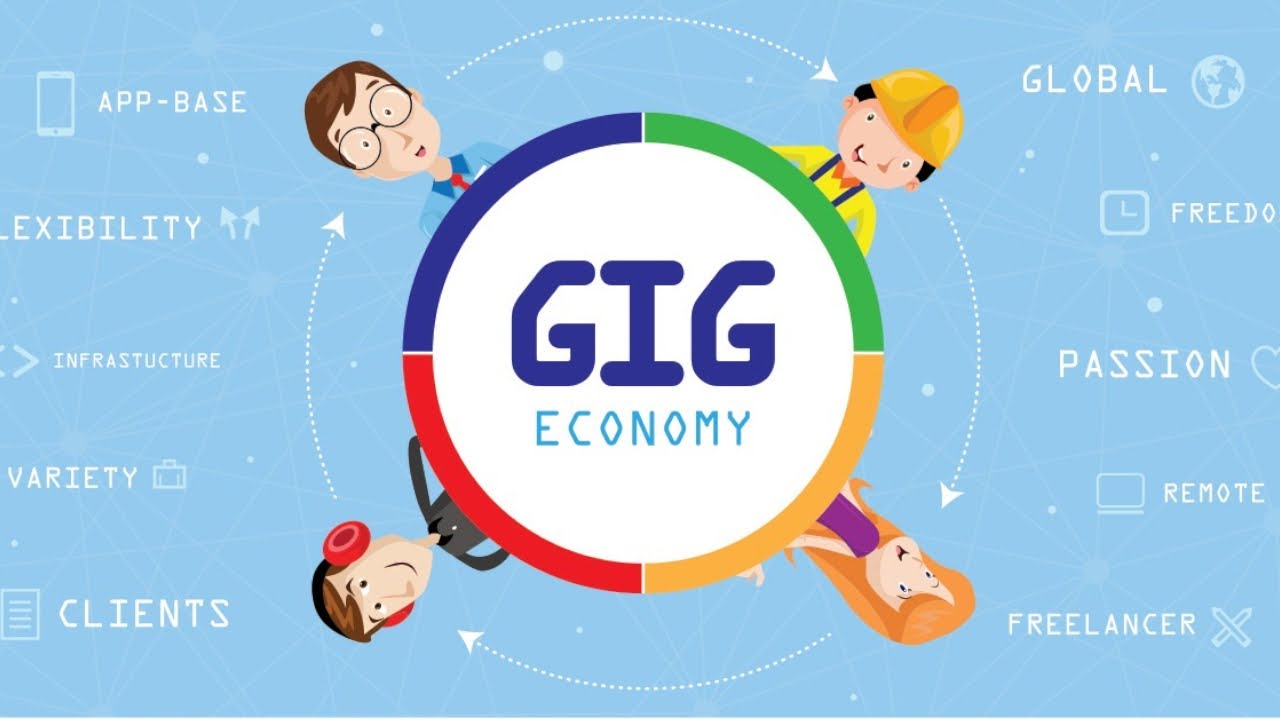The Future of Augmented Reality in Education
As education continues to evolve in the digital age, Augmented Reality (AR) is emerging as one of the most transformative tools in the classroom. By blending digital content with the physical world, AR is reshaping how students learn, engage, and interact with educational material.
But what does the future of AR in education look like? Let’s explore how this innovative technology is revolutionizing learning experiences across the globe.
What is Augmented Reality in Education?
Augmented Reality (AR) overlays digital information—such as images, videos, or 3D models—onto the real-world environment through devices like smartphones, tablets, and AR glasses.
In education, AR brings static lessons to life, turning traditional textbooks and whiteboards into immersive, interactive experiences that enhance understanding and retention.
Key Benefits of AR in Education
- Enhanced Engagement
AR makes learning more fun and interactive, keeping students interested in subjects that might otherwise seem abstract or difficult.
- Improved Retention and Comprehension
Visual and hands-on learning through AR helps students retain information better and understand complex topics more easily.
- Safe Simulation of Real-World Scenarios
In subjects like biology, chemistry, and engineering, AR allows for risk-free exploration of hazardous environments or delicate procedures.
- Personalized Learning
AR can adapt to individual learning speeds, offering customized lessons based on student performance and preferences.
- Accessibility for Diverse Learners
AR can support visual, auditory, and kinesthetic learning styles, helping students with disabilities or learning differences grasp content more effectively.
Real-World Applications of AR in Education
- Anatomy lessons with 3D human body models
- Historical recreations that allow students to walk through ancient civilizations
- Virtual science labs for conducting experiments safely
- Language learning apps that integrate AR flashcards and visual prompts
- Interactive math puzzles projected on classroom desks
The Future Outlook: What to Expect by 2030
- Widespread Adoption of AR Devices
Affordable AR glasses and headsets will likely replace or supplement tablets and computers, creating fully immersive classrooms.
- Curriculum Integration
AR content will become standardized and integrated into curricula, with publishers and edtech companies producing ready-to-use AR textbooks and activities.
- Remote and Hybrid Learning Boost
In remote education, AR will bridge the physical gap, allowing students to collaborate and explore in shared virtual environments from anywhere in the world.
- AI-Powered AR Tutors
Combining AR with AI will lead to intelligent virtual tutors that guide students through tasks, offer feedback, and adapt content in real time.
- Gamification and Edutainment
AR will push education closer to game-based learning, making it not only educational but entertaining and deeply motivating for learners of all ages.
Challenges and Considerations
While AR in education is promising, there are a few challenges to address:
- High initial cost of AR hardware
- Need for teacher training and digital literacy
- Curriculum alignment and content development
- Privacy and data protection in AR apps
With strategic planning and investment, these challenges can be overcome to unlock AR’s full potential.
Final Thoughts
The future of augmented reality in education is bright and boundless. As technology becomes more accessible and content more immersive, AR will not only enhance how we teach and learn, but also redefine the classroom experience itself. Schools, educators, and students who embrace AR early will be well-positioned to lead in the next generation of learning.



